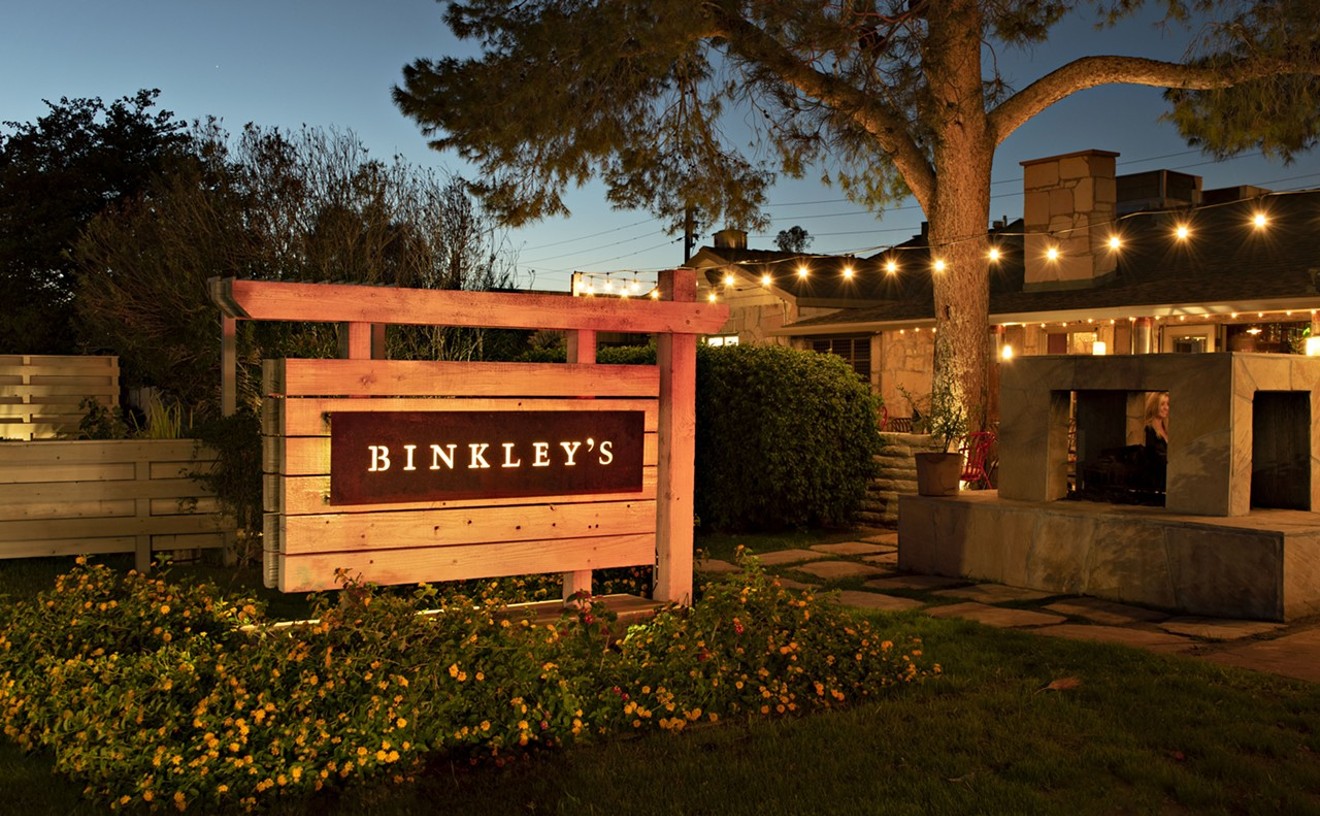Space. The final frontier. These are the voyages of my mouth. It's an ongoing mission: to drink strange new beers. To seek out new brews from every civilization. To boldly drink what no man has drunk before.
With apologies to Shatner, I’m stealing that mission statement from the starship Enterprise. It’s appropriate, since I’ve tasted beers made with yeast from all over the world. I’ve tried a beer made with 200-year-old yeast pulled from a sunken ship in the English Channel. I’ve even sipped an ale fermented with yeast found living — and thriving — in the tangles of a brewer’s beard. But yeast from the final frontier has remained out of reach. Until now.
In 2013, the mad scientists at Ninkasi Brewing Co. in Eugene, Oregon got it in their heads that it’d be a cool idea to ferment a beer with yeast that had been shot into outer space, and the Ninkasi Space Program was born. Partnering with actual rocket scientists, the NSP took flight in July 2014 as 16 vials of brewer’s yeast packed safely inside a rocket were launched into the ionosphere. Though the launch was a success, Houston had a problem — finding the rocket as it returned to Earth. The living yeast inside the rocket would only survive about the hot desert climate in which they were projected to land for about 10 hours. It took 27 days to finally find them. The yeast were toast. Members of the NSP held a somber ceremony for the fallen microorganisms, but their quest for space beer continued.
Mission Two, held in October 2014 in Truth or Consequences, New Mexico, was a high five-inducing success. The rocket’s precious, fermentative cargo escaped our atmosphere in less than a minute, reaching an altitude more than 77 miles above the earth. For four minutes the yeast floated weightless, reaching a realm few other earth-based lifeforms had, before descending back to terra firma. Their recovery — aided this time by a US Army helicopter from a nearby missile range — was successful and swift. The NSP team transported the vials back to their labs and found that the now-extraterrestrial yeast was healthy and viable. It was time to brew.
But what sort of beer would they make? Which ingredients could be stellar enough to work with the out-of-this-world microorganisms? It was decided that the beer would be an imperial stout — a high-gravity beer made with zero-gravity yeast. A wide variety of malts such as Chocolate, Munich, Crystal, Honey, and peat-smoked made up the grain bill. The varieties of hops used to bitter and flavor the brew — Apollo, Bravo and Comet — were just too appropriate not to throw in. Finally, brewers added Oregon hazelnuts, star anise, and cocoa nibs.
The result: a beer black as the infinite void of space. The head, dense as moondust, is a soft khaki hue. The aroma is what I imagine space smells like: burnt pretzels, black licorice, hazelnut, teriyaki, cacao, prune juice, and sausage links. You may laugh, but it’s probably not far off — astronauts coming back inside after spacewalks have reported fragrances coming off their spacesuits that range from walnuts, burnt almond, and seared steak to charcoal, brake pads, and gunpowder. In a beer, however, it’s an oddly savory sort of bouquet.
Spicy anise leads the odyssey through Ground Control’s flavor, but toasted hazelnuts soften the sharper edges of the spice. Notes of steak char offset chocolate syrup sweetness while pruny tang fills in gaps like dark matter. The hazelnuts are extremely subtle but float behind the whole affair, providing the faintest of accents before a cocoa-laden finish. The body, thick as heavy cream, works well with the intense and intriguing flavor, while mild carbonation tingles like electricity and the mammoth alcohol content is hidden as an eclipsed sun.
There doesn’t seem to be much the star-trekking yeast have provided to this beer that regular old earthbound yeast couldn’t do just as well. I’m still holding out hope that they absorbed some cosmic radiation while in space that’ll give me superpowers. I’ll let you know if that happens, but even if it doesn’t, Ground Control is worth a purchase for its intriguing flavor profile. Buy it, support space exploration — yeast-based or otherwise — and drink it boldly.
Zach Fowle is a BJCP-recognized beer judge and a Certified Cicerone. He works at World of Beer in Tempe.
Follow Chow Bella on Facebook, Twitter, and Pinterest.










